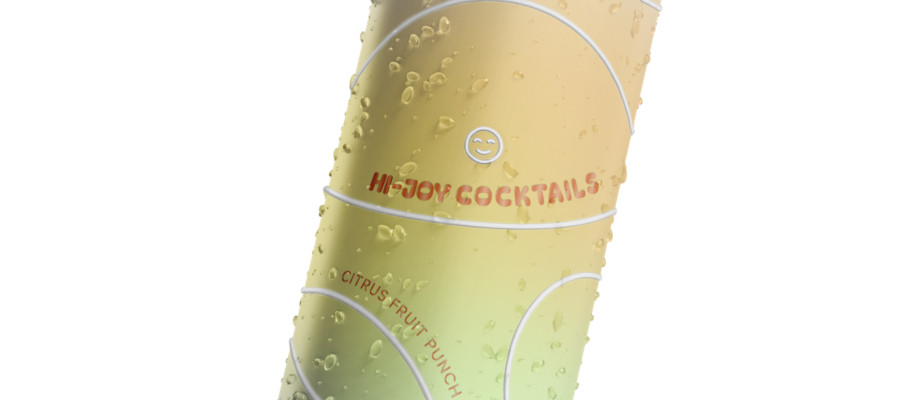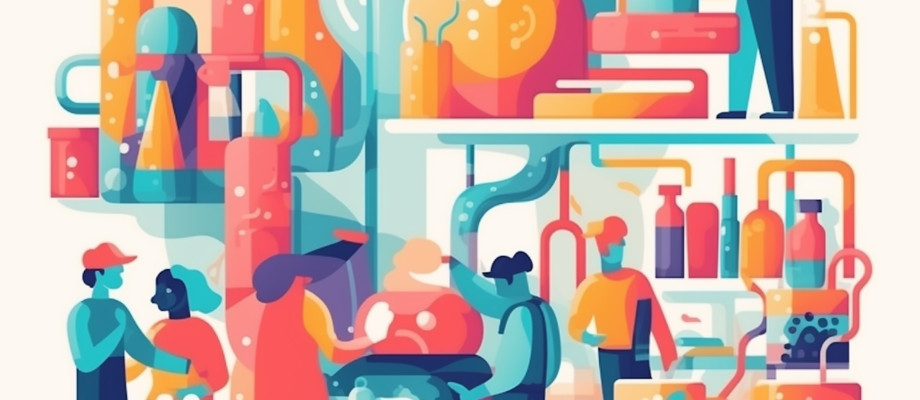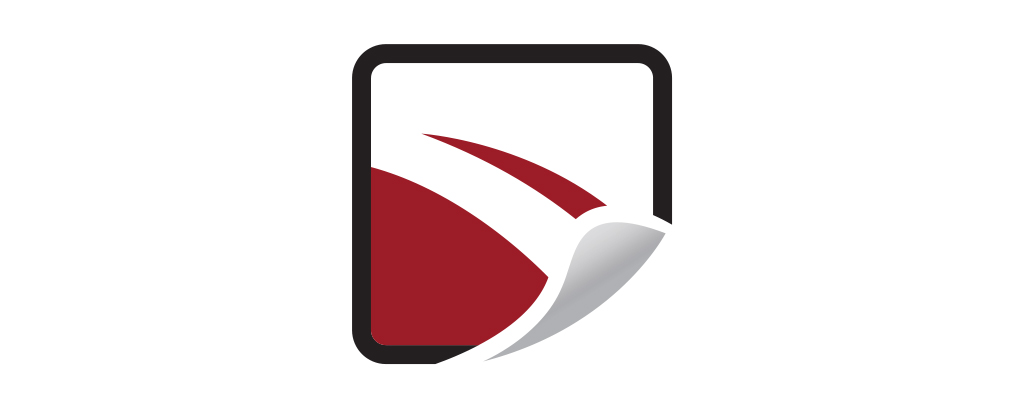Extended content labels and the hidden opportunities for your brand
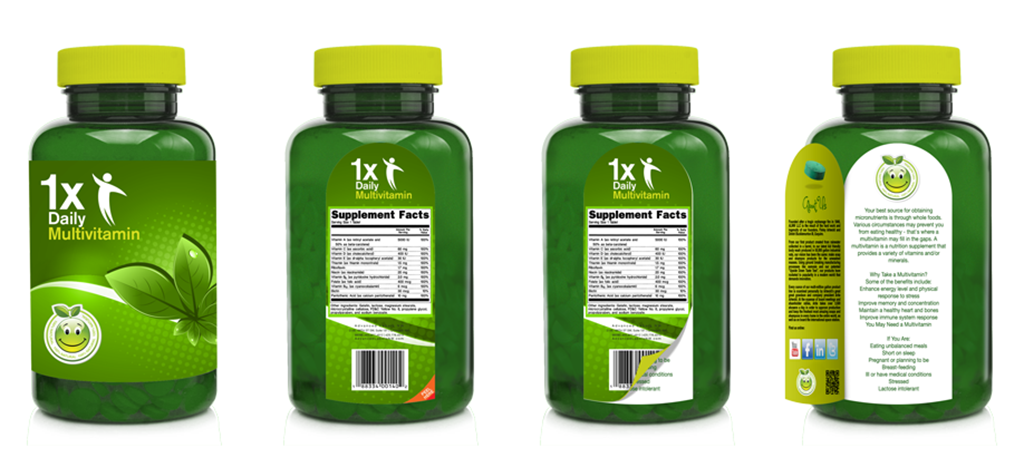
Extended content labels (ECLs) are often thought of only when lengthy regulatory and product-use information needs to be communicated on a package.
But they can be used for so much more:
- Combining the front and back label into a two-ply smooth-peel ECL to reduce the total label footprint on smaller packages (while still ensuring you fit all the required information)
- Cross-promoting your product lines in a booklet label — especially useful when selling via e-commerce channels, where consumers won’t see all your products together on the shelf
- Eliminate the cost of secondary packaging and printed informational packets by incorporating a booklet label directly on the primary container
- Giving the consumer a recipe idea, which incorporates not only this product, but also several of your other product lines
In essence, ECLs are simply label products with multiple panels and pages which are adhered directly on your product container. What you print on that extra space is up to you — there’s virtually no limit to what you can do. For a primer on ECLs, and the many subcategories and end-use applications, check out this guide.
Narrowing in on the right ECL solution for your brand
Because of the endless array of end-use applications and product container shapes and sizes across industries, label converters shouldn’t take a one-size-fits-all approach. Instead, they should guide you through your options, molding their ECL capabilities to the unique needs of your brand.
Your converter will evaluate your product container and seek to understand your goals, asking questions like:
- What type of container will this be adhered to? The shape and size of your container will narrow the pool of potential ECL options. While it’s easy to fit an ECL on a gallon jug, it’s harder to find the space on a 30-milliliter container of concentrate solution. And certain solutions (like wraparound smooth-peel labels) only work on cylindrical containers.
- How will the consumer interact with this ECL, and where will it be stored? An ECL that will be opened and closed again and again throughout the product cycle will need to be engineered with durability in mind. And ECLs that’ll be exposed to direct sunlight (as with outdoor products) or humidity (as with shower products) may require specialty inks, materials or adhesives.
- What function will this serve? If you just want to have a UPC code and some product-use information on the bottom of a cosmetic jar, then branding probably isn’t a concern. If, however, you want to add information to your front, branded label — then we’ll have to talk about how to do it in a way that looks good on the shelf.
- How much information do you need to include? Two-ply smooth-peel labels have three pages and extended-ply smooth-peel labels contain up to five pages. But if you need to communicate warnings and hazards, regulatory information, storage and disposal instructions, multiple languages and your entire product portfolio — you’d need a booklet label, which can contain north of 30 pages.
- What countries are your products sold in? Combining the language translations for all countries in which your product is sold into one ECL will reduce your label SKUs. And it’ll also eliminate the need for secondary packaging and inserts, which can decrease the overall cost and weight of your packaging.
- What states are your products sold in? Different states have different regulations. A good example of this is in the cannabis industry. A California-based supplier that sells their products in Oregon and Washington could combine the regulatory information for all three states into one ECL — and sell the same product with the same label throughout their geographic footprint.
- Can you describe your current label application setup? If we understand your setup, we can make time- and cost-saving recommendations. If, for example, you only have one label application head, you could greatly increase your throughput twofold by combining the front and back label into a smooth-peel label. Instead of running your product through the applicator twice, you’d only have to do it once.
The answers to these questions will guide your converter’s engineering team as they customize an ECL solution for your particular product.
To give you an idea of what this consultative approach looks like in action, let’s briefly narrow in on a few examples of how we’ve custom-engineered ECLs for clients in various industries. But remember — these are but a few examples of what’s possible.
Developing cost-saving, product-differentiating ECLs for real brands
ECL example 1: Smooth-peel label for a tapered tube container
When a cannabis client needed all the necessary regulatory information on a small-diameter, tapered pre-roll tube, we engineered a custom smooth-peel ECL to make it happen.
This tube presented quite the design challenge. Label adhesives need to have enough grip to fit around the tight radius of the tube without lifting along the edges of the label. And this tube was also tapered, meaning a straight rectangle label would gap on the smaller end of the tube.
We engineered a “Wrap & Reveal” label, which wraps around the tube, and then wraps again over itself. The overlap is treated with a release varnish, allowing customers to peel back the top layer to reveal additional regulatory information. A permanent adhesive with a strong grip is used to guarantee the label will not lift, despite the small radius.
Although a traditional solution would work on a tincture or jar, the tight radius of this tube required an out-of-the-box solution — and only a custom solution would do.
To see another example of a custom wraparound label we produced, give this case study a read.
ECL example 2: Identifying a cost-saving ECL application for a cheese brand
A cheese client of ours had two labels (front and back) for their product, but only one label applicator head. This meant that they had to run their containers through the applicator twice.
We recommended that they combine the two labels into one smooth-peel ECL. The branded graphics on the front look the same and would peel back to reveal all the information previously contained on the back label.
This simple solution increased their label application throughput twofold.
For another example of how an ECL saved a brand money — to the tune of $100,000 a year — check out this ECL case study.
ECL example 3: Weatherproofing an existing booklet label
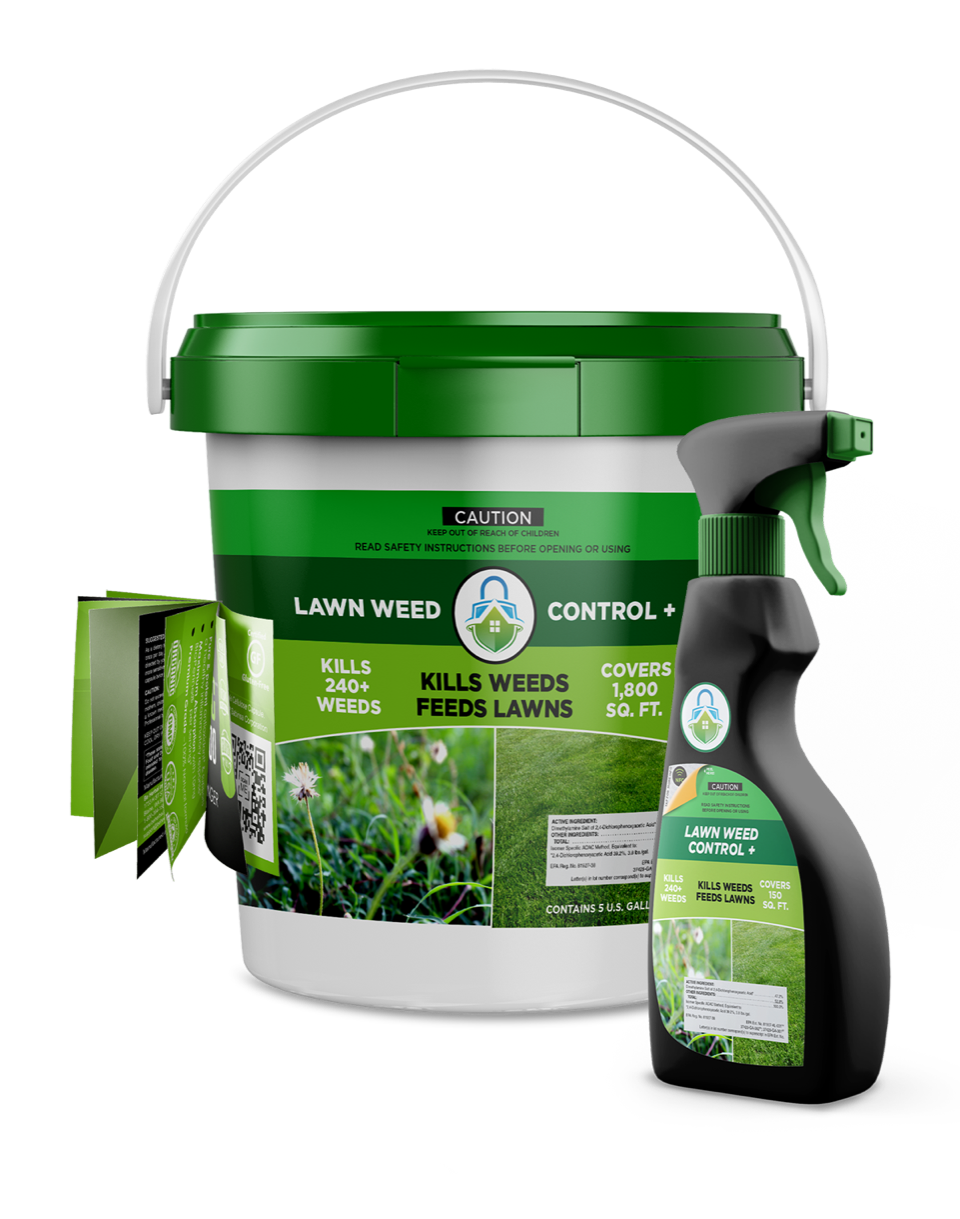
A lawn & garden client came to us with a problem. Some of their prominent retailers, including Wal-Mart, were moving their product from indoor shelves to outdoor displays during the hot, humid spring and summer months.
This client was already using booklet labels to communicate warning information and product-use guideline. They simply needed us to engineer a new booklet label solution that would withstand direct sunlight, humidity and temperature fluctuations.
Our team switched the booklet label from paper to a synthetic material, which we chose due to its suitability for outdoor applications and its reasonable price point. To read the full story, click here.
Let’s find your one-size-fits-one ECL solution
We have the engineering team, equipment and, most importantly, the expertise to tackle complex ECL projects. And you don’t just have to switch labels when there’s a space problem — there are plenty of opportunities to improve the look of your packaging and capture savings with ECLs, too.
Reach out to our team today to start the consultative process that’ll help you land on the right solution for your brand. Or, if you want to learn more about ECL types, selection considerations and applications, download this guide.
Find the best solution that makes the most sense for your brand.
Tags:
